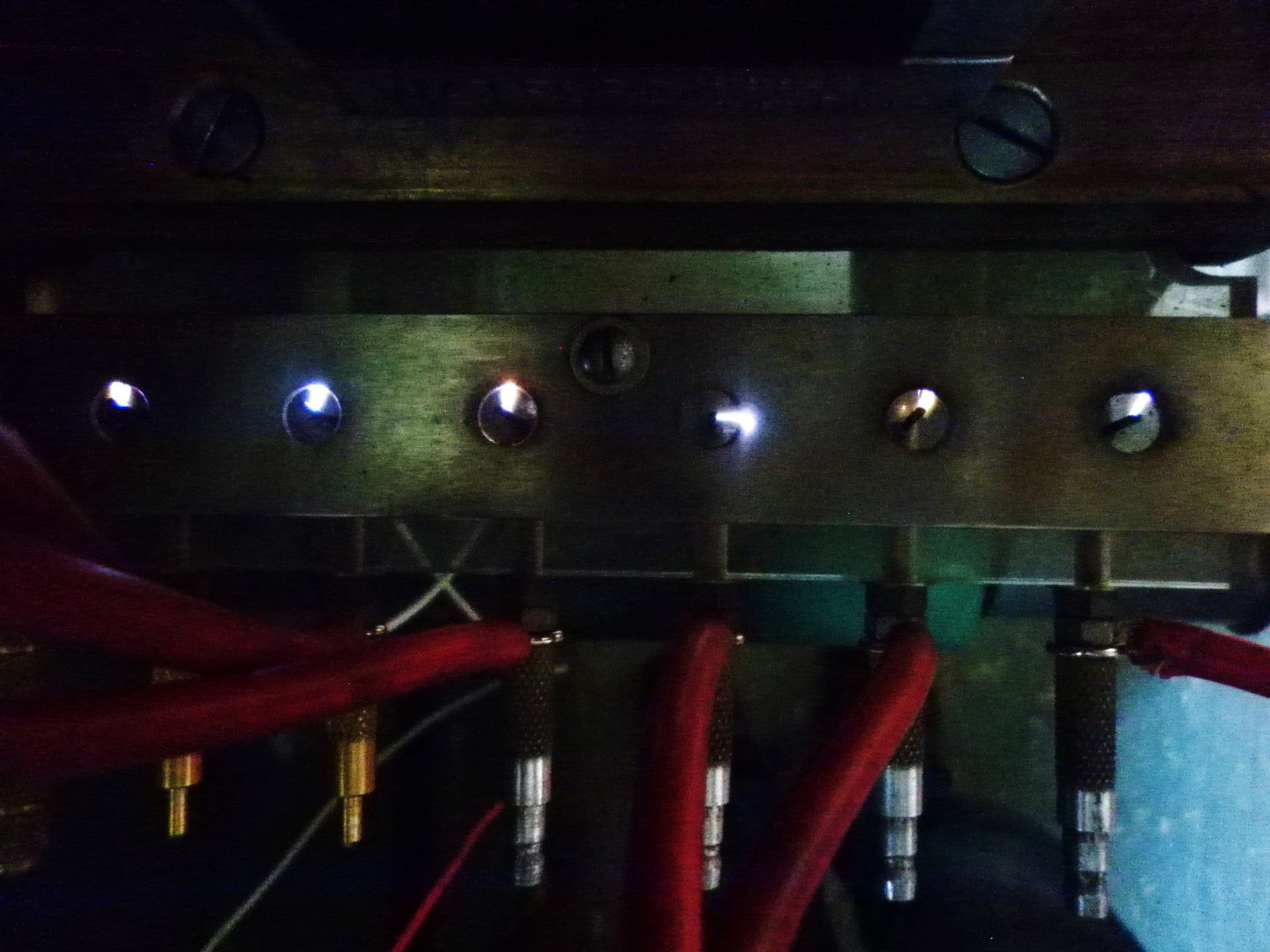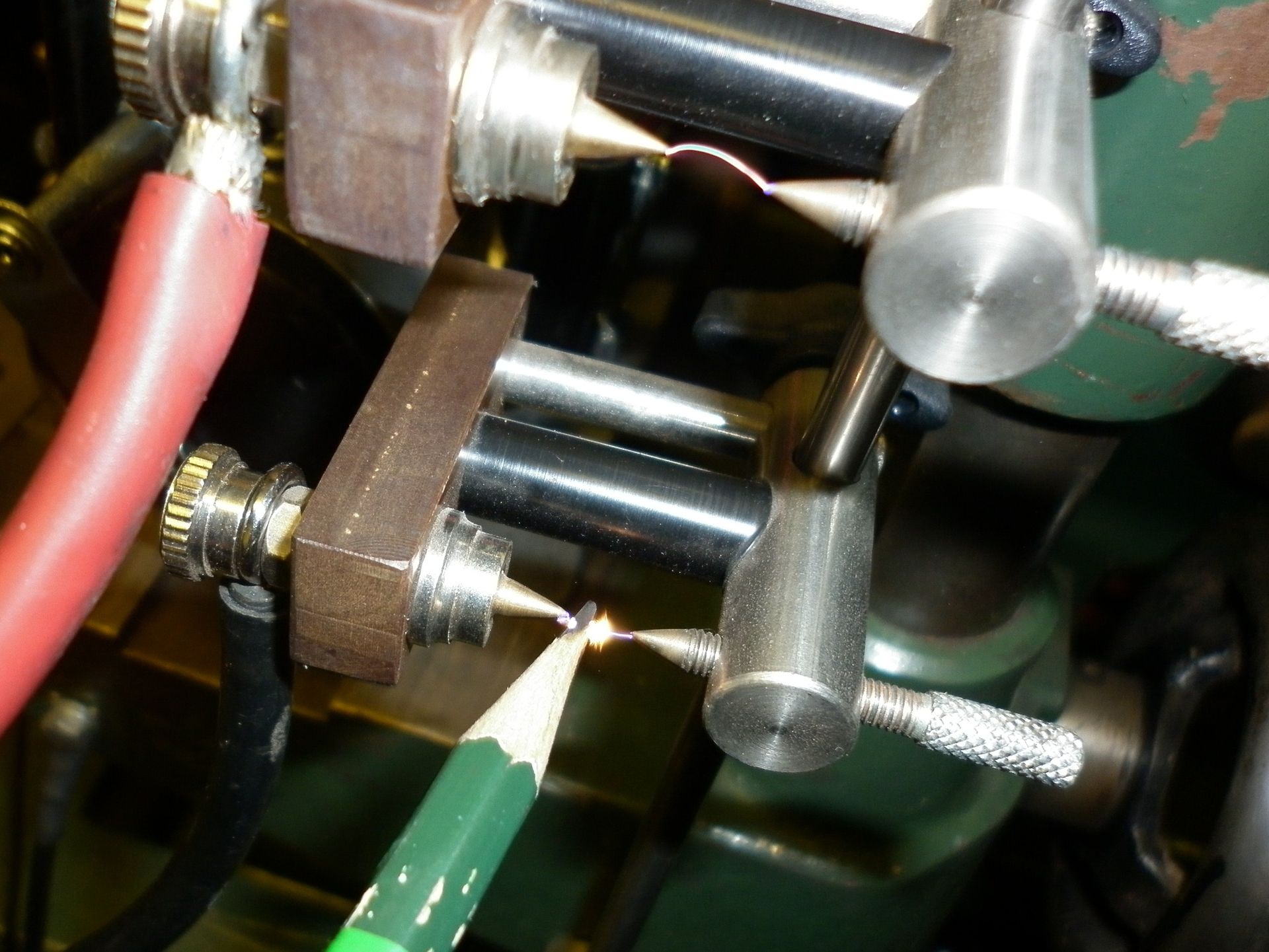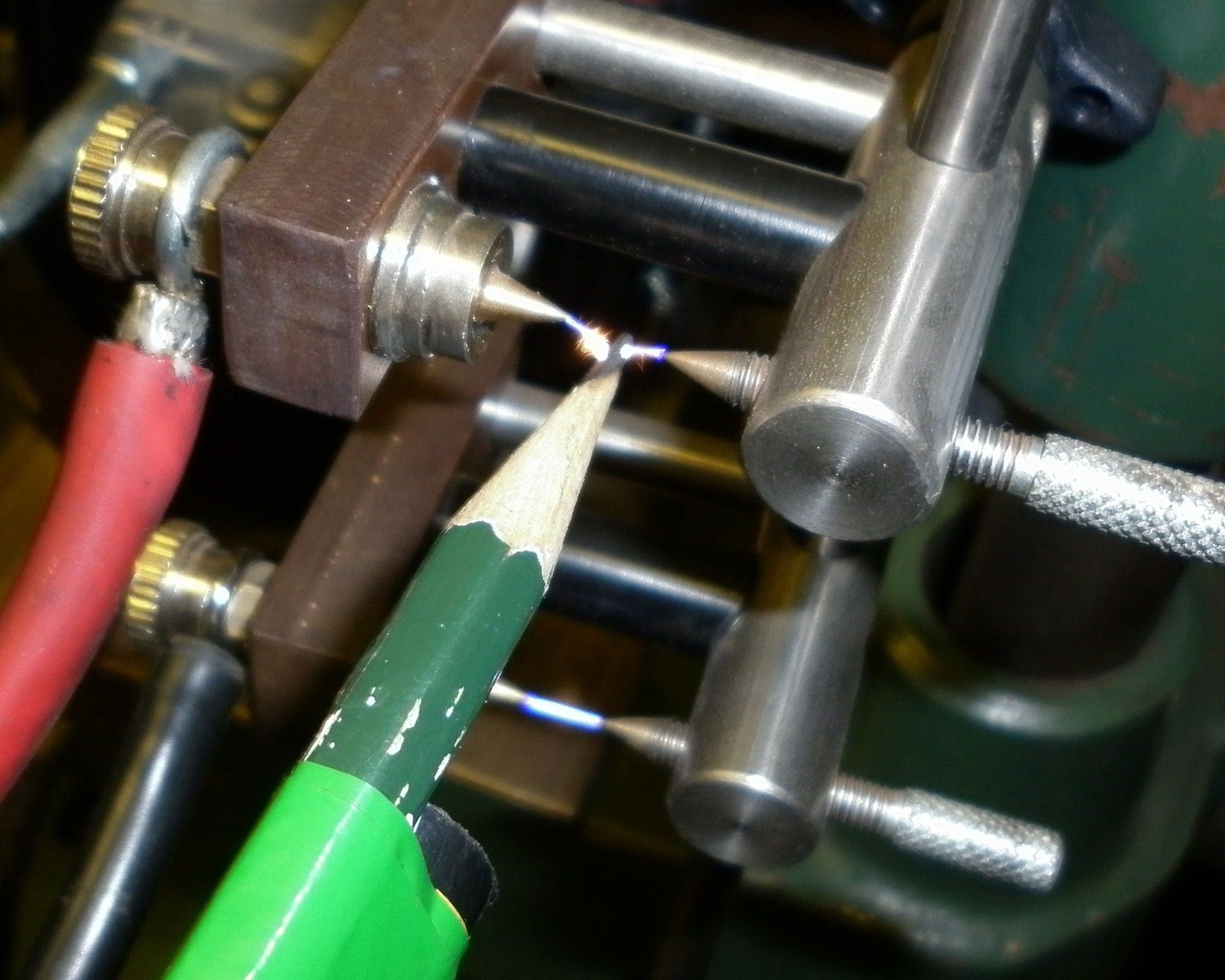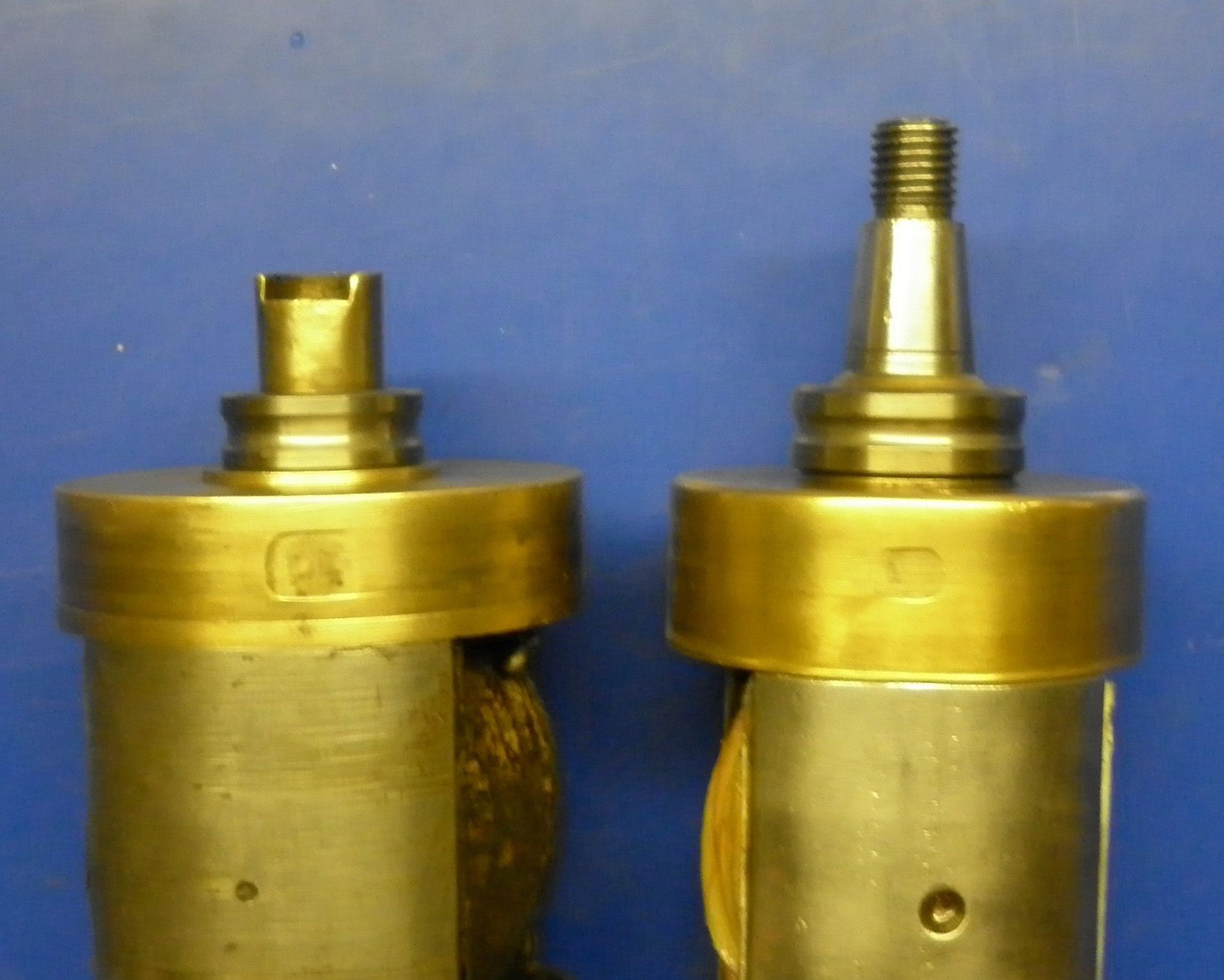Spark Polarity
Spark Polarity
As a magneto rotates, the interaction between the lines of magnetic flux and the wire conductors in the coil is continually reversing. As a result, the voltages generated by the coil are alternatively positive and negative voltages. On twin cylinder magnetos, both these voltages are utilised thereby delivering a positive voltage to one spark plug, and a negative voltage to the other. This means that the spark jumps from the centre to the side electrode on one spark plug and in the opposite direction, from the side to the centre electrode, on the other. The design of a spark plug is such that it’s centre electrode (surrounded as it is by a ceramic thermal insulator) is always hotter than the side electrode (screwed directly into the cylinder head which acts as a heat sink). Now, the laws of physics show that electrons are more easily emitted from a hot electrode to a colder one so a spark jumping from the centre electrode to the side - caused by the negative voltage - is always stronger than the other. This picture of the sparks from a six cylinder magneto clearly shows the difference between the alternate sparks:

Single cylinder magnetos are designed in such a way that the spark plug always receives negative polarity sparks. In order to achieve this, most of the necessary requirements are taken care of during the initial design/manufacture stage but two factors in particular must be carefully considered when overhauling a magneto:
- The North-South polarity of the magnet(s) when remagnetising
- The direction in which the wire is wound around the coil when rewinding
There are several ways to determine spark polarity - one way is to use a 2 point gap and a pencil held in the spark and noting where the flare appears. These pictures show the two sparks from a twin magneto and the pencil held in each spark in turn.

When the flare is between the pencil and earth, it's the negative spark

When the flare is between the HT and pencil, it's the positive spark
Other related points which may be of interest:
1: When current flow causes a spark to jump from a gap’s cathode electrode to the anode electrode, the cathode electrode eventually shows signs of wear. So, on a well used spark plug, it can usually be seen that one electrode is worn more than the other. If the voltage polarity at the plug is negative, then wear will occur on the centre electrode - may not be easily apparent other than to note that the gap increases over a period of use. On twin cylinder magnetos, one plug will receive positive polarity sparks so this plug will show wear in the form of a thinner side electrode eventually resulting in a ‘step’ in the area adjacent to the centre electrode.
2: On an armature from a twin magneto with high mileage, it is likely that one side of the brass grounding surface under the earth brush will have a depression in it, and the other side will not. Current flow in one direction causes a tiny amount of brass to be vaporised with each spark whereas on the other side, current flow is in the opposite direction with wear showing on the carbon brush and the brass remaining smooth.

The Magneto Guys
Telephone: +44 (0)1323 840203
